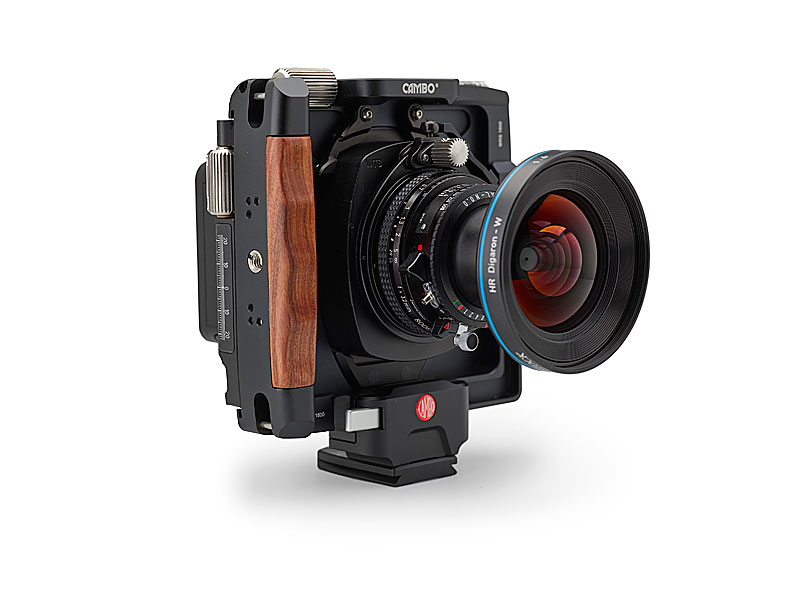Tech Cameras, Tech Tips
Top Five Reasons Everyone Should Try a Tech Camera Once
You’ve probably been hearing the buzz about tech cameras for a while, but you’re perfectly happy with the system you have. You’re not in the habit of fixing things that aren’t broken, so why should you consider even trying a tech camera?
Well, we think everyone should try shooting with a tech camera at least once to enjoy the unique features, compositional choices, and tactile workflow that make them such compelling pieces of gear. To help sway you, here’s our list of the top 5 reasons to step outside of your typical DSLR comfort zone and try a technical camera.
- The Movements: The fundamental difference between a Technical Camera and the DSLR or Mirrorless most photographers are used to is the ability to move (rise, fall, tilt, shift) the position of the lens and sensor independently of each other on every lens, not just a limited number of specific Tilt-shift lenses, creating some significant changes to perspective distortion and the focal plane of the lens. From correcting the converging lines in an architectural shot to making sure a specific detail remains in focus as it disappears into the distance, the unique experience of working with a tech camera’s movements unlock a host of new creative possibilities.
- Architecture and Landscape Photography: When a center position is unavailable to you, standing off to the side of your subject and shifting the lens allows you to correct the horizontal lines. Wide-angle shots are easily had without the loss of resolution. That is, shift can be used to recenter the subject when you can’t stand directly in front of its center. Examples include a building facade where the space directly in front of the center is blocked by a water fountain, or an interior where a mirror is in the center of the wall and would reflect the photographer in the image. The alternative (without movements) is to swing the entire camera to the right or left which causes the horizontal lines to leave parallel.
- Depth-of-Field Control: The numerous options available for tilt/swing is seriously impressive on most tech cameras. The model and associated available features will be a matter of personal preference and price point, as some tech cams have tilt built into the body, whereas others have the tilt built into the lens. Different manufacturers have varying approaches to this implementation, but it goes without saying this allows the sheer volume of information you wish to capture, in spectacular focus.
- The Workflow: Tech cameras encourage a more methodical and considered working speed, rather than a “spray and pray mentality.” Most long-time tech camera users will talk about the enjoyment of methodically setting up a shot, adjusting the individual movements of the camera, and capturing the perfect image. This slowdown in the workflow engages a different part of your creative brain, so while you may have slightly slower output, the quality and enjoyment increases. The need for precision creates a more methodical, thoughtful workflow.
- Wow Factor: Who doesn’t love a beautiful design? The compellingly-tactile feel of the various buttons, knobs, and wheels (as well as the satisfying little clicks and ticks that accompany them) on these intricately designed machines makes them a pleasure to interact with. While the utilitarian efficiency of a typical Nikon or Canon DSLR has a place in the world, the beautiful design and craftsmanship on tech cameras makes using them a uniquely pleasurable experience.
If you’re toying with the idea, contact us; we’d love to give you a demonstration and lure you over to the “Tech Side.”
Also, if you’re interested in learning more, be sure to come to our September 26th Tech Camera training night in NYC, or watch the live stream of the event as we demonstrate some of the intriguing features of the newest Tech Cameras.
“You don’t take a photograph, you make it.” – Ansel Adams

